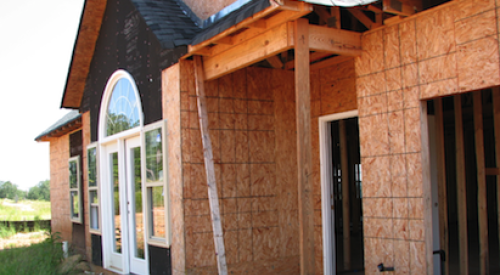|
One of the common complaints I hear from new home sales professionals today is that everyone's on the fence, and no one wants to commit to buying a home. It's true that getting customers to commit to a new home has never been more difficult than it is today.
With that said, many new home sales professionals got complacent in their closing skills in the last several years by relying on two subconscious urgency messages: (1) If you don't buy now, prices will go up, and (2) If you don't buy now, chances are the home you want won't be available during your next visit to our sales office. However, changes in the market environment have rendered both of these "closes" ineffective.
One of the telling signs about the lack of urgency is a study by a major builder. The study measured the time between the initial contact with the customer and the actual date of purchase of their new home. The results showed that between 2005 and 2006, the incubation time (time between initial contact and sale) increased by 44 percent. The number of days between initial contact and sales climbed 106 percent when comparing 2005 sales with those in 2007. Wow! Same builder, same price homes, same market. What a difference two years makes!
Yet as telling as the study results are, they don't provide the new home sales professional with what to do or how to handle their customers differently — and still close the sale.
Retool Your Follow-UpBegin by understanding that the purchasing process in 2008 will most likely involve a lot more work after the initial visit than in prior years. Just as your customer in 2005 received positive reinforcement after they left your sales office — "Buying a new home is a great investment" — they are now likely hearing friends tell them to wait to buy until the market turns around.
The following are the dos and don'ts of 2008 customer follow-up:
DO be vigilant. Customers want to buy from someone who wants to work for their business. Continue your pre-determined phone and written contacts even when you are not receiving return calls.
DON'T be discouraged. An A+ prospect who doesn't return your calls hasn't necessarily lost interest. It most likely means they want to do more research before their next visit.
DO expand your follow-up timeline. I recommend a six month, pre-planned timeline on total follow-up. Customers are taking longer to make decisions, so you need to stay in front of them for longer periods of time.
DON'T rely on only one type of follow-up. And remember that e-mail spam blockers on many office systems may render your e-mails useless.
DO provide follow-up with a purpose. Simply saying "I haven't heard from you in a while" is not purposeful follow-up. Demonstrate why you are providing valuable new information to help them with their home purchase decision. PB
| Author Information |
| John Rymer is the founder of New Home Knowledge, which offers sales training for new home builders and real-estate professionals. He can be reached at john@newhomeknowledge.com. |
|












